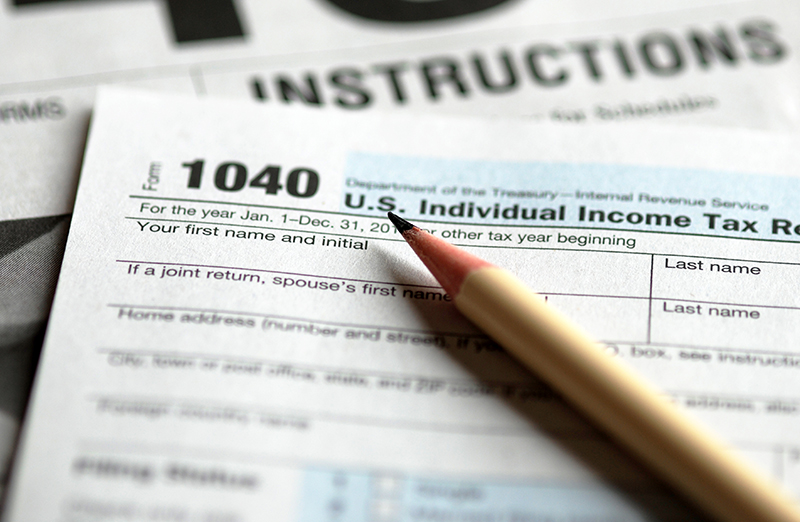
Use this calculator to estimate your self-employment taxes. Normally these taxes are withheld by your employer. However, if you are self-employed, operate a farm or are a church employee you may owe self-employment taxes. Please note that the self-employment tax is 12.4% for the Federal Insurance Contributions Act (FICA) portion and 2.9% for Medicare. The FICA portion funds Social Security, which provides benefits for retirees, the disabled, and children of deceased workers.
This calculator is for the 2020 tax year due April 15, 2021. We offer calculators covering 2016, 2017, 2018 2019, 2020, & 2020. Click here for the current year calculator.
Our rate table lists current home equity offers in your area, which you can use to find a local lender or compare against other loan options. From the [loan type] select box you can choose between HELOCs and home equity loans of a 5, 10, 15, 20 or 30 year duration.
If you are self-employed, meaning you work for yourself as a "freelancer" or "business owner", you may have a million questions during tax season. As a self-employed individual your take-home pay will be, in most cases, significantly higher than if you were working for someone else. This also means you don't have deductible benefits, such as healthcare, 401k, or other financial costs, and taxes are not taken from your take home pay. Having extra money in your pocket is just a temptation to spend it all, and when tax time is approaching, many self-employed individuals are wondering where they will get the money in order to pay their taxes for the previous year. As a self-employed individual or business owner you should never be fooled into thinking that all of the money you bring home belongs to you. Taxes are a requirement, as long as you have yearly net income over $400.00. Financial literacy is a critically needed skill, and that knowledge includes learning and understanding the rules of taxation. In this article you will learn how to estimate your self-employment taxes, but first you must understand a few things about self-employment as it relates to taxation.
There are many benefits to being self-employed or a business owner. If you are self-employed you can claim tax relief on charitable donations and pension contributions, which can be deducted from annual profits.

Some General rules to filing any category of taxes:
As a self-employed individual you may have to file estimated taxes on a quarterly basis.
If self-employed individuals do not pay enough tax throughout the year they may be subject to the underpayment penalty even if they are due a refund. The only way to avoid this penalty is if you owe less than $1,000.00.
Self-employment tax is money paid to the federal government to fund Social Security and Medicare. Each self-employed individual must pay this tax once they have a net income of $400.00 or more in any given tax year. Every business and employee are required to pay this tax. However, when an individual is self-employed, he or she is both the business and the employee, therefore having to pay both shares of this tax.
Self employment tax is paid in addition to regular income tax. As stated above, self-employment tax substitutes Medicare and Social Security taxes. Self-employment taxes are usually the largest federal tax liability for larger business owners with many employees.
The self-employment tax rate is currently, approximately 15.3%. This rate consists of the two parts mentioned above. Medicare taxes are (2.9%) of earned income and Social Security taxes are (12.4%) of earned income.
There is currently no maximum limit for the Medicare portion, which totals (2.9%). The IRS self-employment limits for the Social Security portion for 2016 is $118,500, which is subject to (12.4%) of the self-employment tax. High income individuals may be assessed an additional Medicare tax equal to 0.9% of any income above the threashold amount.
| Filing Status | Threshold Amount |
|---|---|
| Married filing jointly | $250,000 |
| Married filing separately | $125,000 |
| Single | $200,000 |
| Head of household | $200,000 |
| Qualifying widow(er) with dependent child | $200,000 |
Usually the filing of self-employment estimated taxes are due by the 15th of April, June, September, and January. The only exception is when the 15th falls on the weekend or holiday.
The first thing you should know is that no matter if you are able to pay your taxes you should always, still file on time. Anytime you are unable to pay your taxes or even unable to pay in full, The Internal Revenue Service (IRS) does have several avenues which are helpful to the taxpayer. You can do a few things:
Now, for those of you who just wanted to know how to calculate your estimated self-employment tax, you can certainly do so by following the guidelines and instructions on the Long Schedule SE form or you can follow the steps below:
To summarize in short:
Remember that the rules of self-employment tax can be involved and sometimes difficult to understand. Do not let the fear of owing or paying taxes yearly or quarterly scare you away from working for yourself. If you are newly self-employed and you are not sure, be sure to keep detailed records and please consult with a CPA for advice. If you plan properly and have financial discipline, paying taxes should be easy and less painful for you.
Explore conventional mortgages, FHA loans, USDA loans, and VA loans to find out which option is right for you.
Check your options with a trusted lender.
Answer a few questions below and connect with a lender who can help you save today!